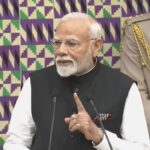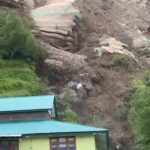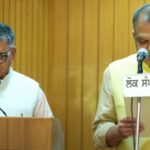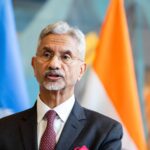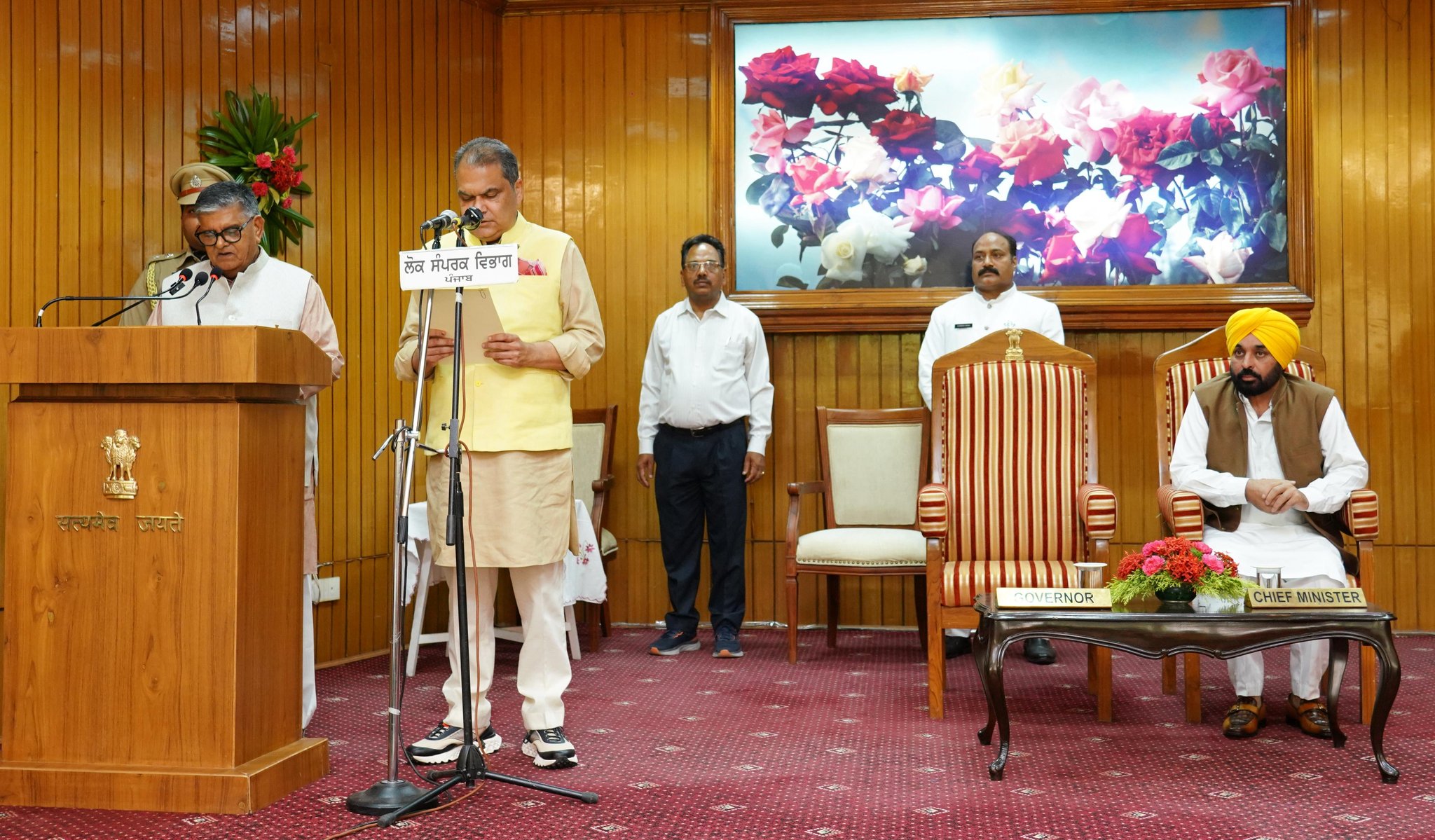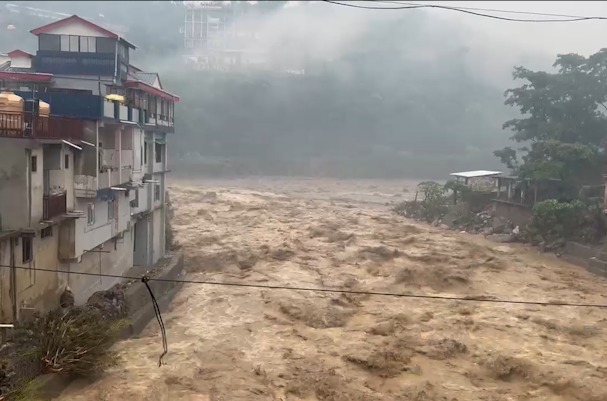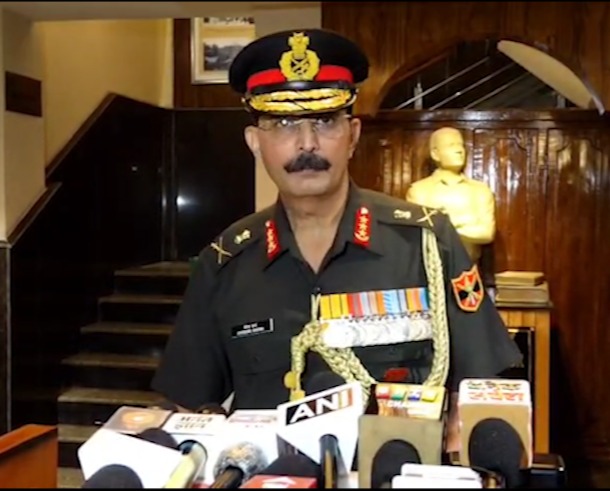The North News
New Delhi, May 10
In a rapid and grim unraveling of a US-brokered peace deal, Pakistan violated a newly declared ceasefire with India within three hours of its announcement, triggering a swift military response under India’s ongoing Operation Sandoor, officials confirmed on Saturday. The multiple sources within Indian intelligence and international diplomatic circles revealed that Pakistan’s Chief of Army Staff, General Asim Munir, reportedly opposed the ceasefire. He feared public backlash and potential legal repercussions, had the truce gone into effect smoothly.
The ceasefire, hailed just hours earlier by US President Donald Trump as a “remarkable diplomatic breakthrough,” was breached when Pakistani drones struck targets across a wide arc—from Srinagar to the border districts of Jaisalmer, Pathankot, Ferozepur, and Kutch. The Indian Army reported that the drones were intercepted and neutralised.
In Delhi, senior defence officials said India’s retaliatory response under Operation Sandoor was underway. However, there is no official statement regarding ceasefire was issued by the government till the filling of the last repot.
The ceasefire deal, brokered by the United States after high-level engagement with both nuclear-armed nations, was announced in a rare trilateral statement on Saturday. “After a long night of talks mediated by the United States, I am pleased to announce that India and Pakistan have agreed to a full and immediate ceasefire,” said President Trump, describing the deal as a win for “common sense and great intelligence.”
Soon after Trump’s address, India’s Foreign Secretary Vikram Misri confirmed the ceasefire, stating that Pakistan’s Director General of Military Operations (DGMO) had contacted his Indian counterpart at 15:35 IST, and both agreed to halt all hostilities from 17:00 IST. Parallel confirmation came from Pakistan’s Foreign Minister Ishaq Dar, who issued a near-identical statement.
US Secretary of State Marco Rubio, flanked by Vice President Vance, said Washington had worked around the clock to bring the two neighbours to the table. “We commend Prime Ministers PM Modi and Sharif for their statesmanship in choosing the path of peace,” Rubio said, adding that talks would resume on May 12 at a neutral venue.
After ceasefire while addressing press conference in the evening, Wing Commander Vyomika Singh confirmed that India had inflicted “unsustainable losses” on Pakistani forces, with major air bases in Skardu, Jacobabad, and Bholari rendered “non-operational in the short to medium term,”. According to Vyomika Singh, Pakistan targeted Indian air installations in Udhampur, Bhuj, Pathankot, and Bathinda. Missile strikes were also directed at civilian infrastructure, including schools and hospitals—attacks that New Delhi has described as war crimes.
India has categorically denied Pakistani claims that its missiles struck Indian S-400 defence systems, labelling them “fabricated and entirely baseless.”
Commodore Raghu R. Nair of the Indian Navy stated that Operation Sandoor was aimed at inflicting “irreversible damage” to Pakistan’s war-making capacity. “Every misadventure from Pakistan has been met with strength and resolve,” Nair added.
The flare-up follows a fundamental shift in India’s national security doctrine. Hours before the ceasefire was announced, Prime Minister Narendra Modi chaired a high-level security meeting that declared any future cross-border terrorist strike would be treated as an “Act of War.”
The policy shift came in the wake of last week’s suicide bombing in Pahalgam, which killed dozens, and escalating hostilities along the Line of Control (LoC). Indian retaliatory strikes targeted deep Pakistani military installations in Rafiqui, Murid, Chaklala, Rahim Yar Khan, Sukkur, and Chunian.
India alleges that Pakistan had used civilian aviation corridors to disguise military movement—a tactic described as “reckless and cynical” by Colonel Qureshi. “They were hiding behind commercial flights,” she said. “We had to be exceptionally careful to avoid civilian casualties.”






